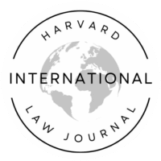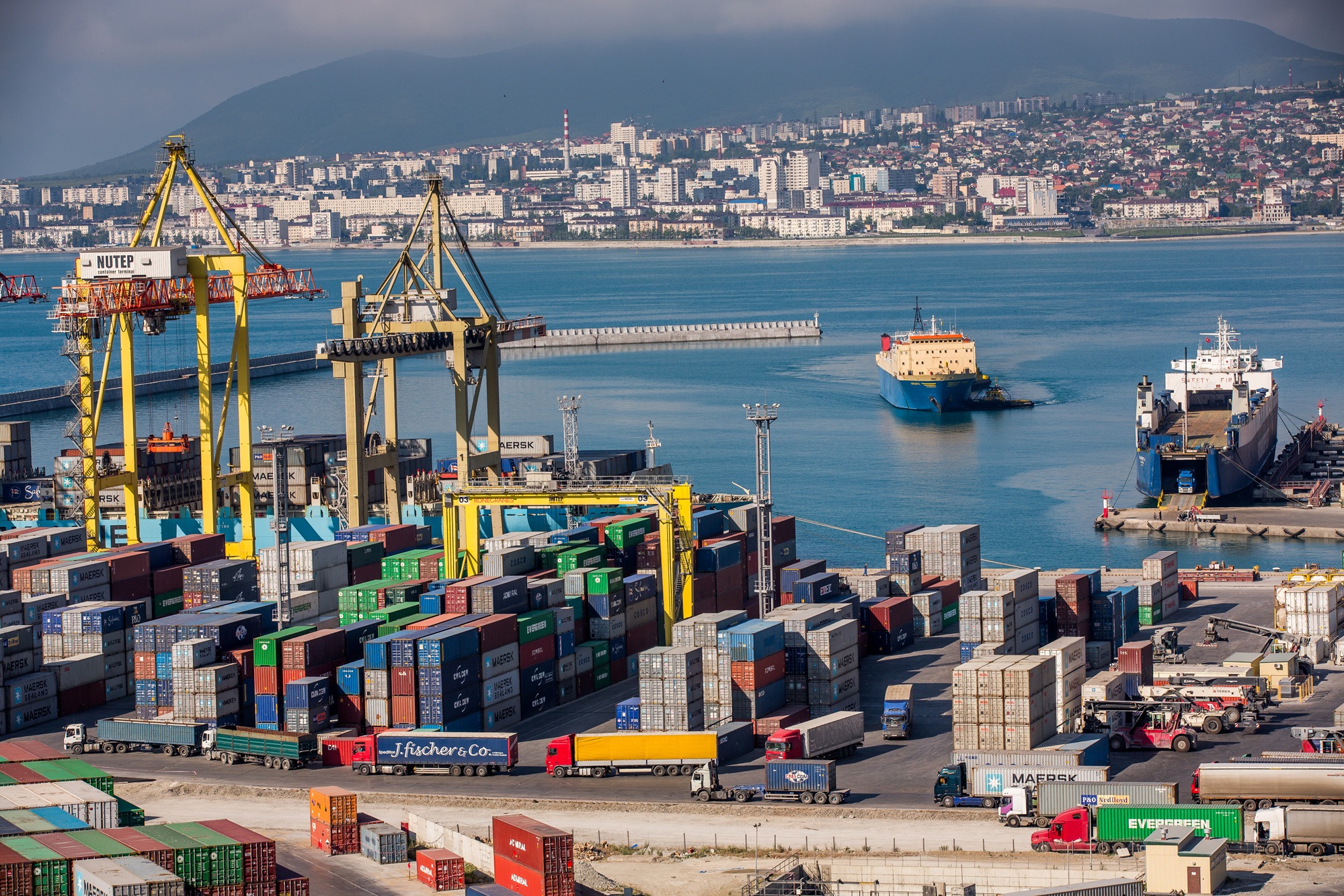Large Corporations and Investor-State Arbitration
Weijia Rao
Abstract
Policymakers and scholars have expressed concerns about growing corporate influence over government regulations, including in the context of investor-state dispute settlement (“ISDS”). Encouraged by high-profile victories and examples of “regulatory chill,” critics of ISDS have argued that it excessively serves large multinational corporate interests at the expense of government regulatory agendas. In part due to such criticisms, various proposals have been made, including the replacement of ISDS with multilateral investment courts or state-to-state arbitration.
This Article introduces a novel dataset on ISDS claimant characteristics, which reveals that most ISDS claimants are actually small- or medium-sized firms. Using this dataset, this Article empirically explores whether large firms are more successful in (1) obtaining awards of damages from governments, and (2) influencing governments to repeal or amend the challenged measures through ISDS. The data reveal no evidence that large firms are more likely to prevail in ISDS cases. However, consistent with ISDS critics’ suggestions, cases brought by large firms appear more likely to end with repeal or amendment of the challenged measure.
Through case studies, this Article proposes a plausible explanation for the greater success of large corporations in chilling government regulations. The case studies show that large corporations often employ multi-pronged approaches, combining ISDS with tactics such as lobbying, domestic litigation, international dispute settlement, and diplomacy. Consequently, this Article cautions that replacing ISDS risks denying small- or medium-sized firms the opportunity to seek redress before an international arbitral tribunal, without substantially addressing concerns of “regulatory chill,” so long as other facets of such multi-pronged approaches remain viable.
[hr gap=”1″]







